Tech Wizards Fall 2015 Mike Judkins with edits by Rose Garritano
JFK Elementary School Tech Wizards started to meet regularly again with the start of the school year and began investigating the energy of motion. Activities included bouncing and rolling ball experiments to explore potential energy, kinetic energy and friction, as well as desk top sail boats and pinwheel power of wind activities.
As culminating events mentees participated in the National Youth Science Day experiment- “Motion Commotion” and also built and launched water bottle rockets which allowed them to explore the relationship between thrust, drag, and gravity and to learn about the various parts of a rocket. As a fall community service effort mentees created safety posters based on their “Motion Commotion” findings to put up in their school to emphasize the importance of wearing seatbelts to others.
Robotics exploration for JFK Elementary Tech Wizards has begun, a unit that these mentees have been eagerly awaiting. Having taken on the role of rocket scientists for the last several weeks, it seemed appropriate to continue thinking along those lines as we moved into robotics. As a group, we discussed the different functions of rocket technologies including space exploration. Mentees were encouraged to think about the ways that rocketry and robotics intersect. Unmanned space crafts utilize robotics technology to navigate their way through the solar system and robotic rovers have been deployed to explore the surfaces of extraterrestrial bodies. Our goal will be to develop an understanding of how these technologies work using a hands-on approach to small-scale robotics construction.
Mentees will be using Lego NXT robotics equipment which is designed to be accessible for new users but also useful for experienced robot builders. Together, mentors and mentees will build a basic model robot and create several programs for it. Throughout the unit we will continue to think about how this technology relates to the robotics technology used in space exploration and industry. It is very possible that some of our Tech Wizards will be working with these technologies someday!
Below: mentees begin to work on programming for their NXT robots.



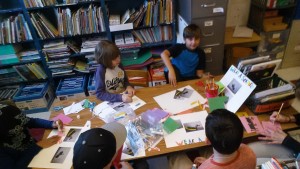
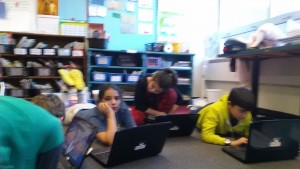
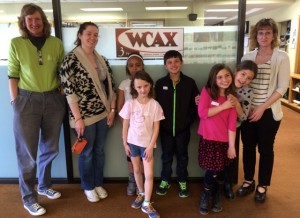
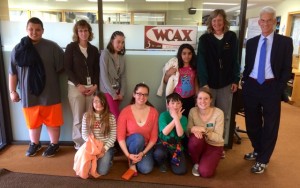
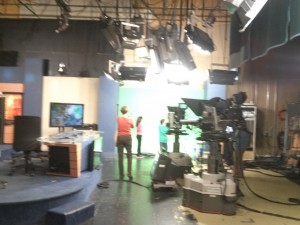


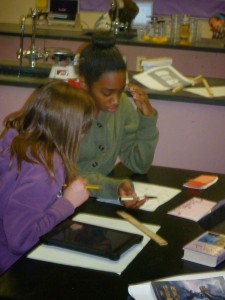

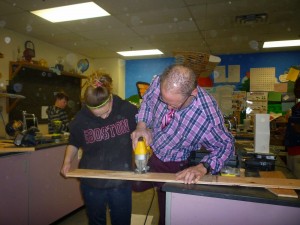
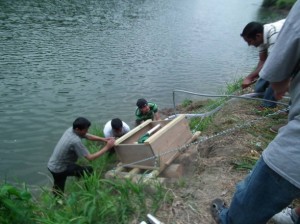
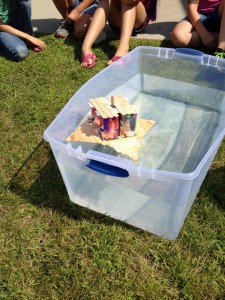

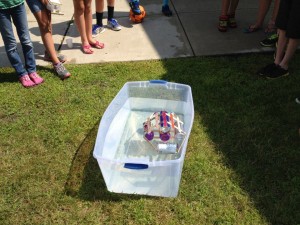

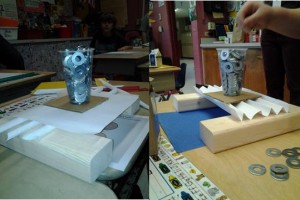
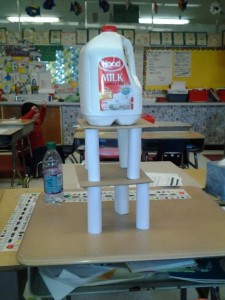
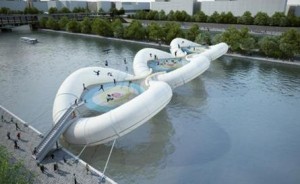
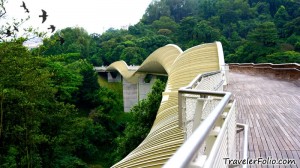
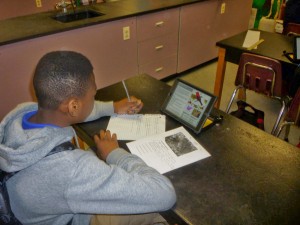


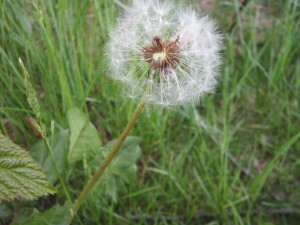




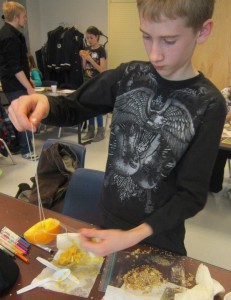
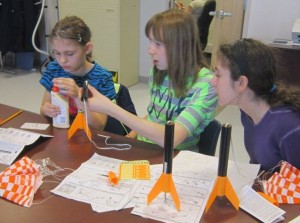
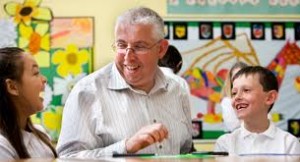

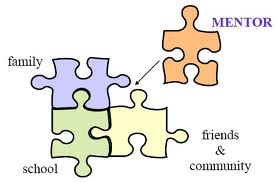
Recent Comments